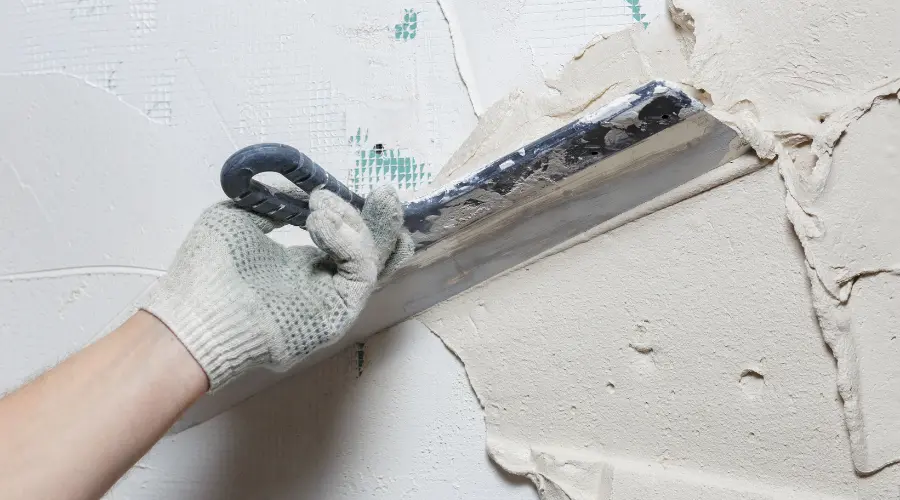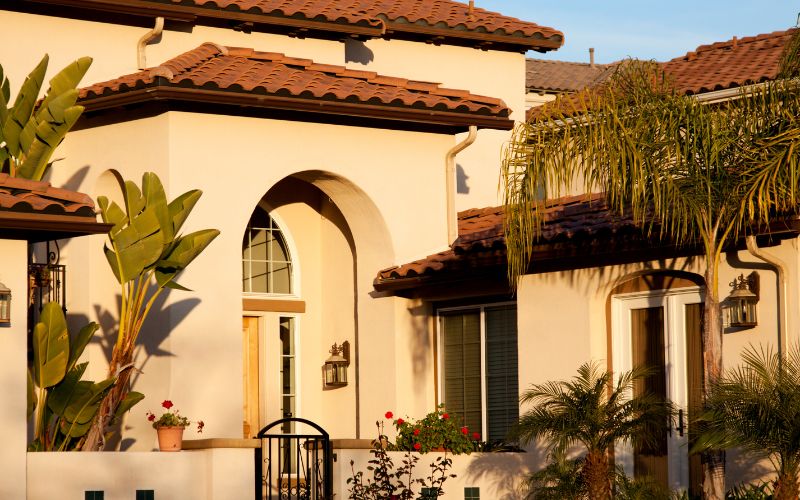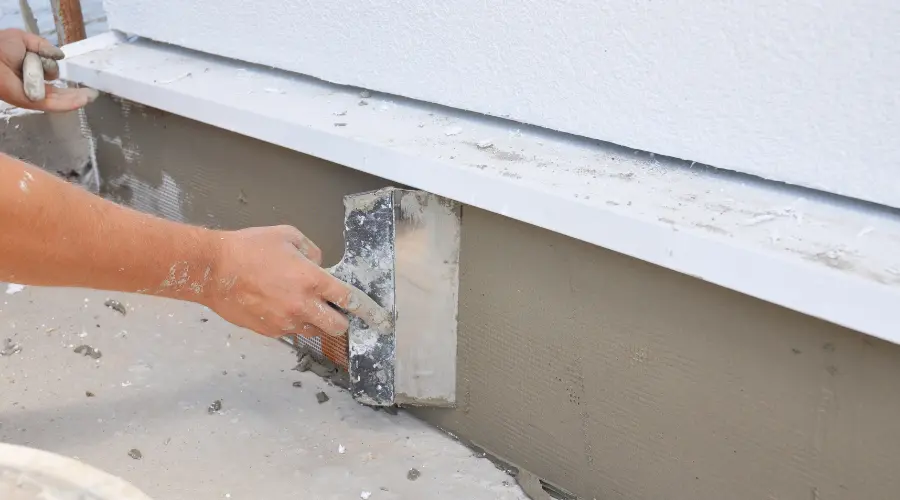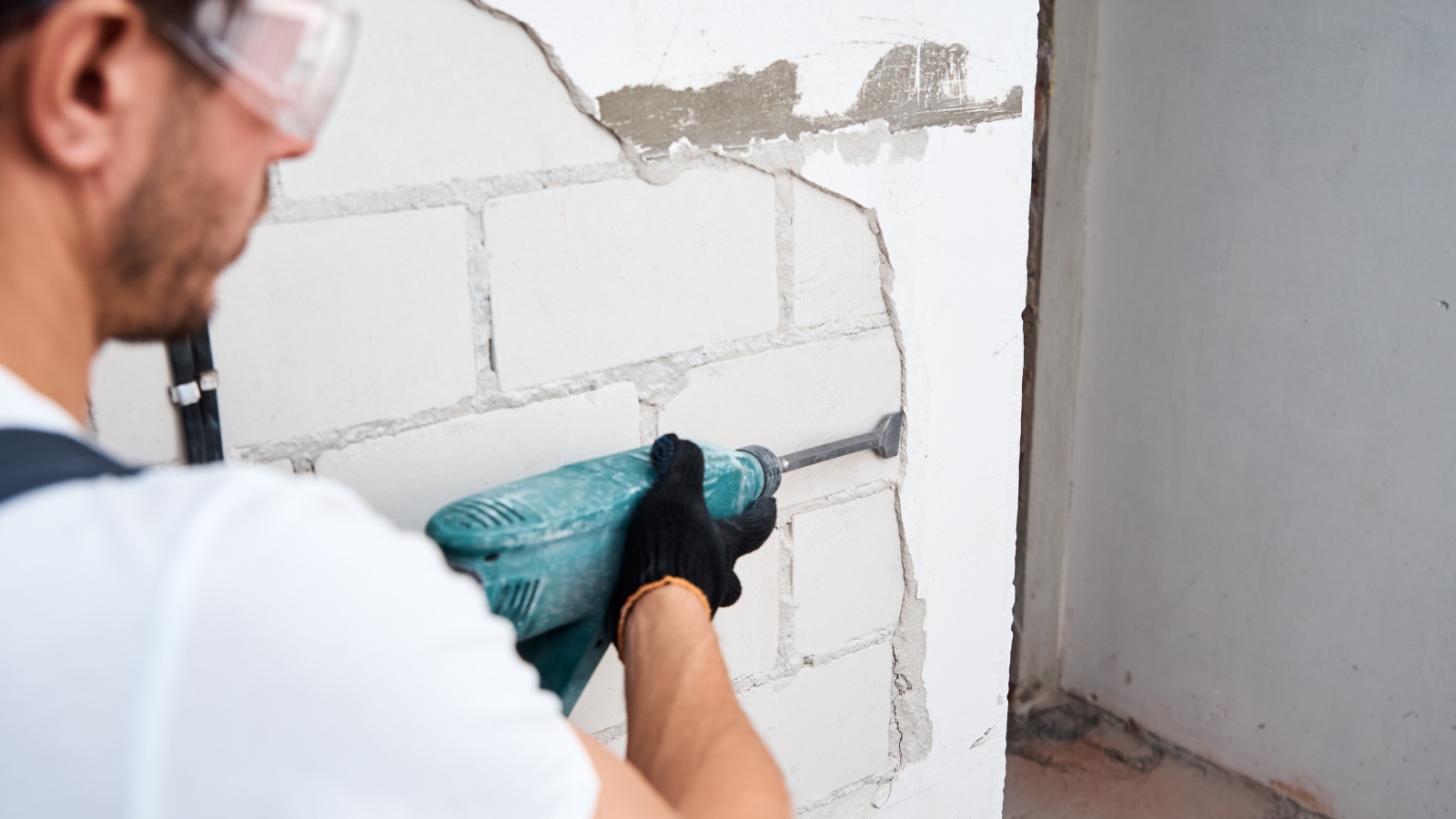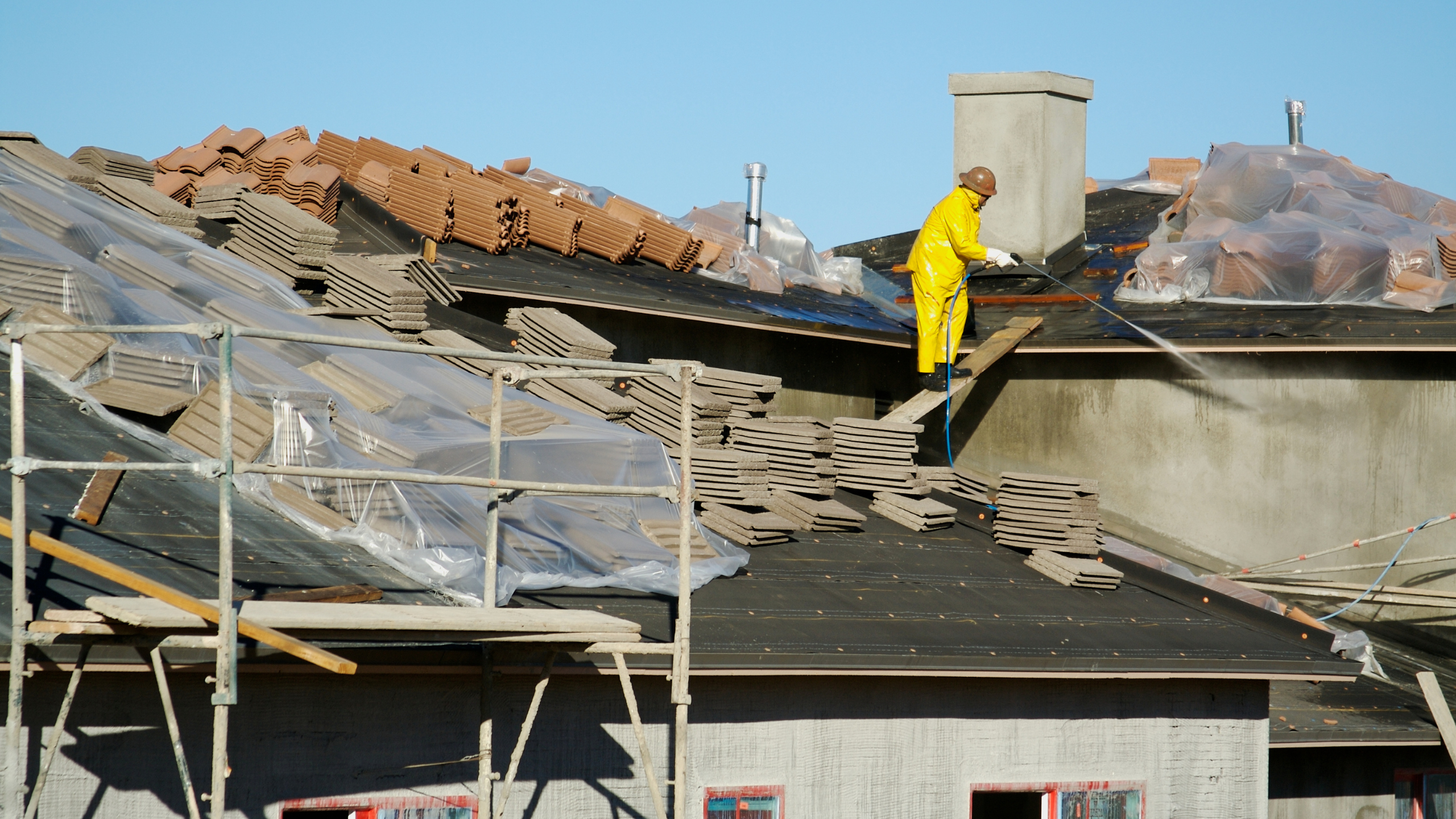Water intrusion in stucco siding isn’t always visible at first glance, but early signs like a musty smell or wall stains could mean trouble. Discover how to prevent water infiltration and keep your home safe.
Key Takeaway
- Water intrusion in stucco siding can lead to severe damage if left unchecked. Common causes include direct infiltration, cracks, and faulty flashing.
- You can safeguard your house from problems caused by water damage by maintaining proper drainage, regularly inspecting your siding, and addressing repairs promptly.
Common Causes of Water Intrusion
Stucco, while robust, is not immune to moisture. Here are some primary reasons why water may enter your stucco walls:
1. Direct Water Infiltration
Stucco can absorb water despite being sealed, particularly in areas prone to heavy rainfall or persistent dampness. When moisture consistently accumulates around your home, such as from standing water, the walls gradually absorb it, which can eventually lead to damage.
2. Cracks and Fissures
Over time, your stucco may develop tiny cracks due to structural settling, temperature fluctuations, or improper application. Even minor fractures may let water in if left unchecked, causing interior damage and mold formation.
3. Faulty Flashing
Flashing, a protective material installed around windows, doors, and rooflines, is essential for keeping water out. If the flashing isn’t installed correctly or has deteriorated over time, it invites water to seep into the walls.
4. Poor Maintenance
Gutters, downspouts, and drainage systems all play a role in preventing water from reaching your stucco. When these systems fail or are neglected, they increase the likelihood of water damage by allowing excessive moisture near your walls.
Signs of Water Intrusion in Stucco
Detecting water intrusion early can save you from costly repairs. Be on the lookout for these signs:
- Mold or Mildew: Growth of mold or mildew, especially near the base of the wall, indicates moisture buildup within the stucco.
- Musty Smell: An earthy, musty odor is often associated with water damage and can indicate that mold is present.
- Discolored or Peeling Paint: Water infiltration behind the stucco can cause the paint to peel or discolor.
- Efflorescence: This white, powdery substance on the stucco’s surface is caused by water leaching minerals from the wall, signaling that moisture is present.
- Bulging or Cracking: Areas of bulging stucco or large cracks often indicate water damage or internal structural issues due to moisture.
Preventing Water Intrusion in Stucco
Preventative care is critical to prolonging the life of your stucco siding and avoiding water-related issues. Here are some actionable steps:
1. Conduct Regular Inspections
Schedule inspections every few years or after severe weather events to identify cracks, bulges, or discolorations on the stucco. By detecting problems early, you may take action before they become more serious.
2. Maintain Gutters and Downspouts
Making certain that your downspouts and gutters are clear and working effectively helps divert rainwater away from the walls, minimizing the chance of water pooling around your foundation and stucco.
3. Promptly Repair Cracks
Small cracks may seem harmless, but if ignored, they can lead to significant water damage. Have any visible cracks professionally repaired to maintain a watertight seal?
4. Improve Drainage Around Your Home
Water should flow away from your home’s foundation. If water pools near your home, consider adding French drains, sloping your yard, or installing drainage channels.
5. Avoid Planting Shrubs Too Close to Stucco Walls
The roots of trees and shrubs planted near your walls can damage the stucco and create pathways for moisture. Keep plants a safe distance from the foundation to reduce potential moisture issues.
FAQs About Water Intrusion in Stucco
Q: How long does stucco typically last?
A: When properly maintained, stucco can last 50 to 80 years. Routine inspections and timely repairs help extend its lifespan and keep it resilient against water damage.
Q: What is efflorescence, and should I be concerned if I see it on my stucco?
A: Efflorescence is a white, powdery deposit that appears when water carries minerals to the stucco’s surface. It’s a sign that moisture is present, so inspecting the area for water intrusion is wise.
Q: Is there a sealant that can make stucco waterproof?
A: While stucco is water-resistant, it’s not entirely waterproof. Applying a high-quality, breathable sealant designed for stucco can improve its resistance to moisture. However, this should be part of an overall maintenance routine.
Q: How often should I inspect my stucco for cracks or damage?
A: Ideally, inspect your stucco annually or after significant weather events. Identifying cracks or damage can prevent minor issues from escalating into more extensive water damage.
Q: Why should I avoid planting shrubs near my home’s stucco walls?
A: Plants hold moisture close to the wall; roots can damage the stucco and foundation. Keeping plants a safe distance helps maintain proper airflow and reduces moisture buildup.
Q: Can water intrusion in stucco lead to mold problems indoors?
A: Yes, when moisture enters the walls, it can provide an atmosphere that encourages the growth of mold, which can eventually spread indoors and impact your indoor air quality.
Need Help with Stucco Water Intrusion?
If you suspect water damage in your stucco, it’s best to act promptly. Contact CMB Stucco & Construction for a professional inspection and repair. With years of experience managing water intrusion and other stucco issues, our team offers reliable solutions to keep your home safe and dry.
For further insights, explore our detailed guide on stucco water damage and tips for maintaining stucco. Don’t let minor water issues become major repairs—reach out today!


